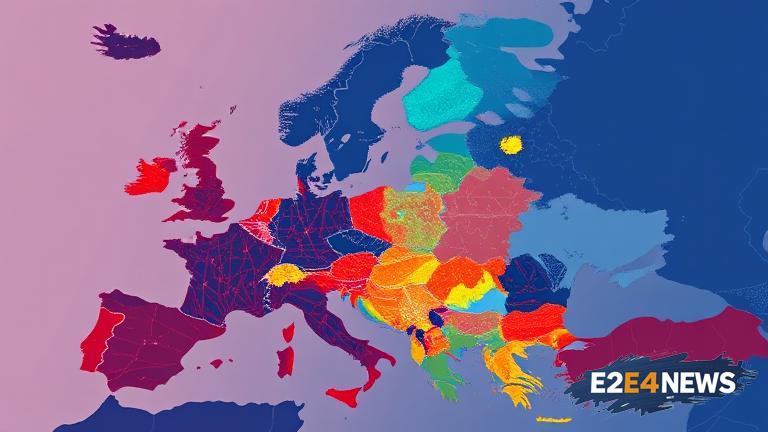The European Union’s research and innovation landscape has long been characterized by a persistent gap between member states. Despite efforts to address this issue, recent data on Horizon Europe funding reveals that the disparity remains. Horizon Europe, the EU’s flagship research and innovation program, aims to promote excellence, competitiveness, and cooperation among member states. However, an analysis of the program’s funding data suggests that some countries continue to dominate the funding landscape, while others struggle to secure a significant share of the budget. The data indicates that countries such as Germany, France, and the United Kingdom tend to receive a disproportionate amount of funding, while smaller member states, such as Bulgaria and Romania, face significant challenges in accessing these funds. This disparity is not only limited to the overall funding amounts but also extends to specific areas, such as research infrastructure and innovation capacity. The EU’s research and innovation gap has significant implications for the continent’s competitiveness, as it hinders the ability of smaller member states to develop their research and innovation ecosystems. Furthermore, this gap also affects the EU’s ability to address global challenges, such as climate change and public health, which require a coordinated and collaborative approach. To address this issue, the EU has implemented various initiatives, including the Horizon Europe program, which provides funding for research and innovation projects. Additionally, the EU has established the European Research Council, which aims to promote excellence in research and support early-career researchers. However, despite these efforts, the research and innovation gap persists, and more needs to be done to address this issue. The EU must work to create a more level playing field, where all member states have an equal opportunity to access funding and develop their research and innovation ecosystems. This can be achieved through targeted initiatives, such as capacity-building programs and funding schemes that prioritize smaller member states. Moreover, the EU must also work to promote cooperation and collaboration among member states, to leverage their collective strengths and address global challenges. The research and innovation gap is a complex issue, and addressing it will require a sustained and coordinated effort from all stakeholders, including the EU, member states, and the research and innovation community. By working together, the EU can create a more competitive and innovative research and innovation landscape, which will drive economic growth, improve living standards, and address global challenges. The data on Horizon Europe funding provides valuable insights into the research and innovation gap, and highlights the need for targeted initiatives to address this issue. The EU must use this data to inform its policy decisions and develop effective strategies to promote research and innovation across all member states. By doing so, the EU can create a more prosperous and sustainable future for all its citizens. The research and innovation gap is not only an EU issue but also has global implications, as it affects the continent’s ability to address global challenges and compete in the global economy. Therefore, it is essential that the EU works to address this issue, not only for its own benefit but also for the benefit of the global community. In conclusion, the EU’s research and innovation gap persists, and addressing it will require a sustained and coordinated effort from all stakeholders. The data on Horizon Europe funding provides valuable insights into this issue, and highlights the need for targeted initiatives to promote research and innovation across all member states.





